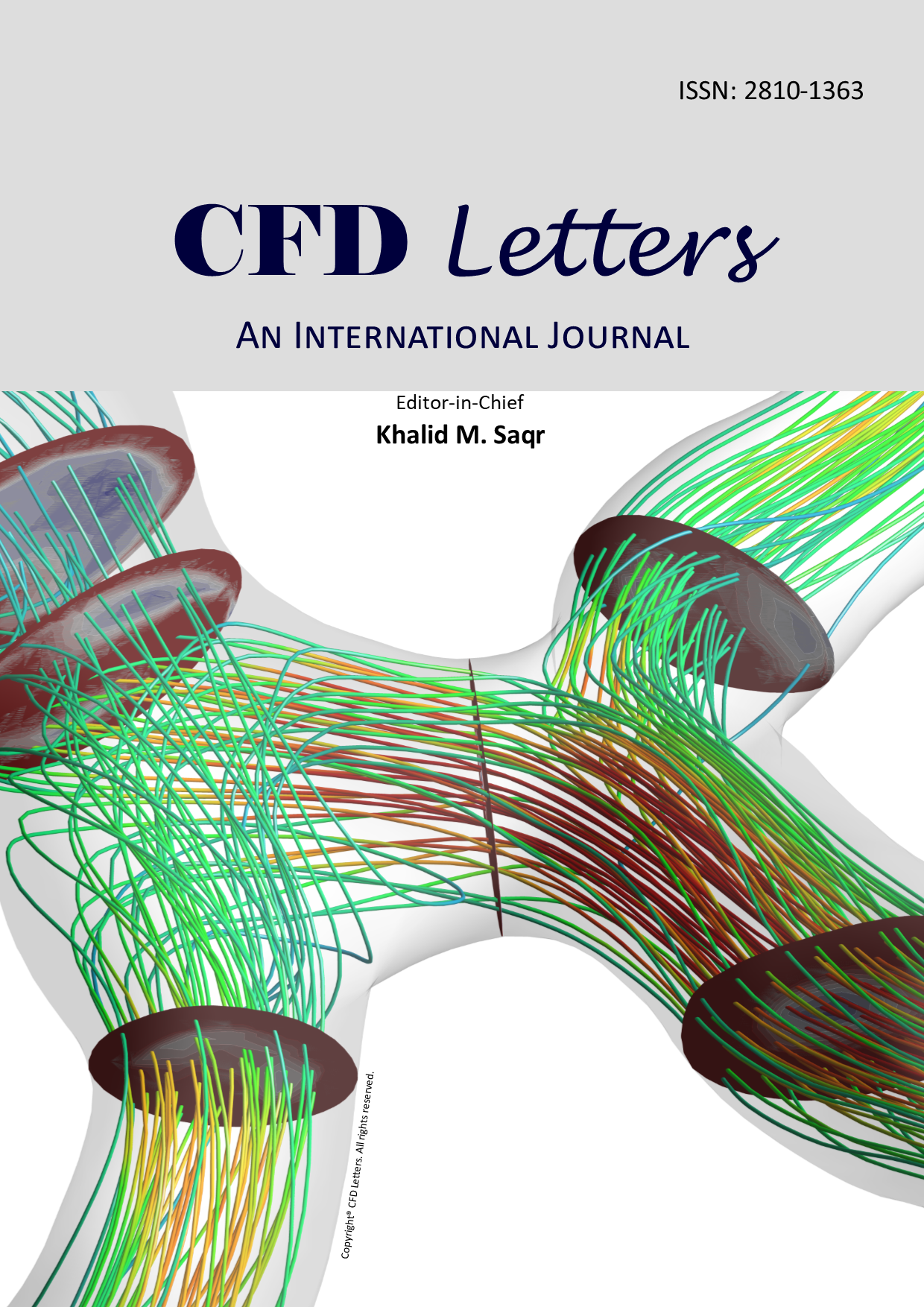Comparative Study on Various Numerical Schemes for Solving Nozzle Flow Problems
Keywords:
euler solver, TVD scheme, steger warming scheme, maccormack schemeAbstract
The inviscid compressible flows represent the flow model of high-speed flow with the viscous effects can be ignored. Such flow phenomena appear when a high Reynolds number flow past trough a streamlined body at relative a low angle attack. The most commercial passenger airplane is operated at such flow condition, as results the aircraft industries have already put their efforts to develop the capability for solving the governing equation of inviscid compressible flow. The governing equation of inviscid compressible flow which is called as the Euler Equation can solved numerically. There are various numerical schemes had been developed and the most of them are dedicated for capturing the presence of shock wave phenomena which is normally appearing at high speed flow. The present work presents a comparative study over various numerical schemes which they are already been developed for solving the Euler equations. Those numerical schemes are the MacCormack Scheme, the Fourth Order Runge Kutta Scheme, The First and Second Order Flux Splitting Steger Warming Scheme, Flux Splitting Bram Van Leer Scheme, the Harten Yee TVD scheme, Roe Sweby TVD scheme, Davies – Yee TVD scheme and the Modified Four Order Runge Kutta and Harten Yee TVD scheme. These nine numerical schemes are applied to the case of flow past through nozzle. The flow phenomena may appear along the nozzle may be the form completely as an isentropic flow or the flow with shock wave. These two flow phenomena are depended the boundary condition of the flow problem under considered. The implementation to case of isentropic flow along the nozzle, those nine numerical schemes works well, and the number of iterations required nearly the same between one with the other except for the Fourth Order Runge Kutta Scheme. In the case of flow with shock wave, the Fourth Order Runge Kutta Scheme, Second Order Steger Warming and the Bram Van Leer Scheme are failing. The presence of shock wave, each numerical scheme requires more iteration number to achieve a convergent solution. The Modified Runge Kutta - Harten Yee scheme may represent an appropriate a numerical scheme for solving the flow problem with the presence of shock wave.













